Tenth Anniversary of the Rana Plaza Disaster
SCM Research
APRIL 23, 2023
Ten years ago, on April 24, 2013, the world was shocked by the collapse of the Rana Plaza building in Bangladesh. The tragedy claimed the lives of 1,134 garment workers and injured thousands more. The building housed several garment factories that supplied clothing to major global brands. Rana Plaza highlighted the dominant supply chain logic: that a T-shirt can only be sold at a very low price at the downstream end of the supply chain because the real cost is paid by the workers at the upstream


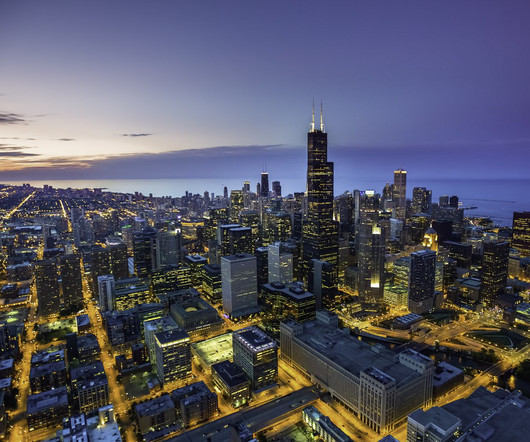




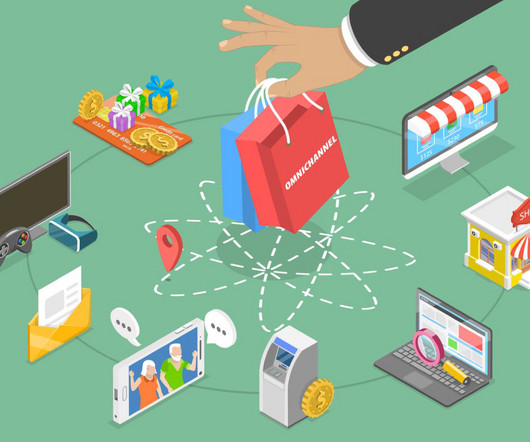
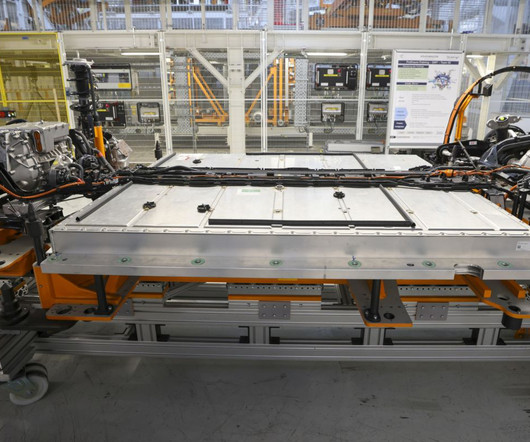

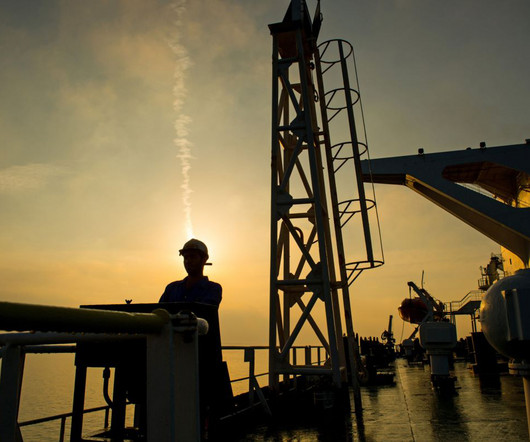
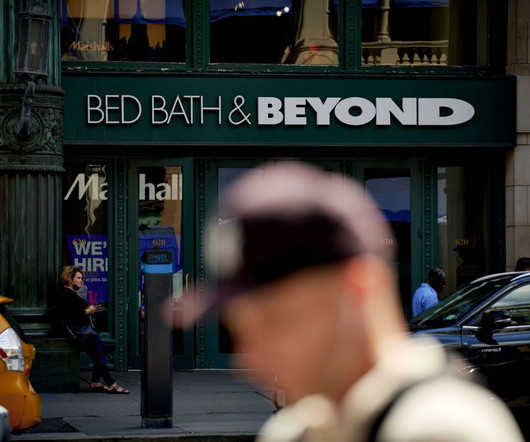











Let's personalize your content